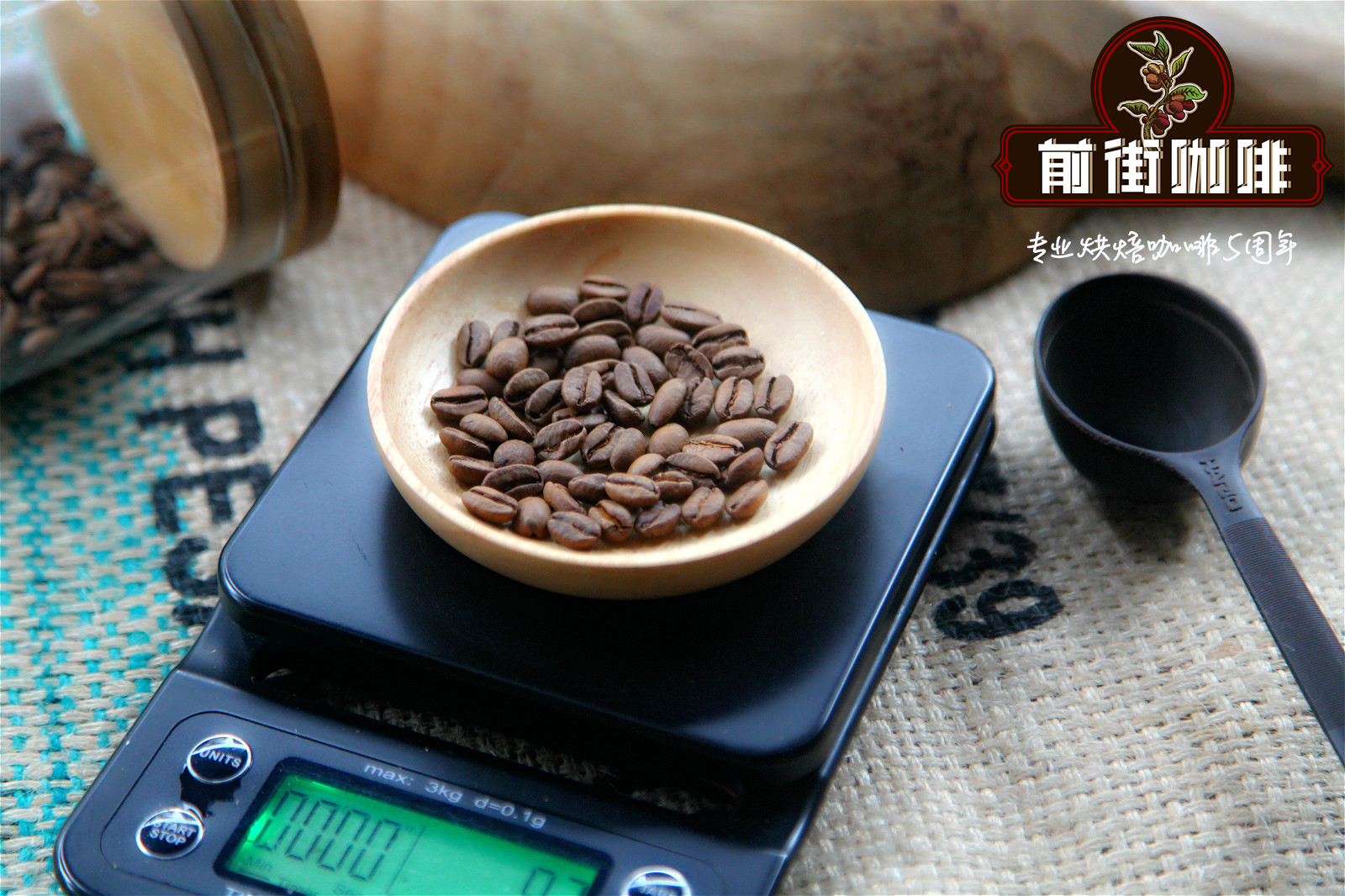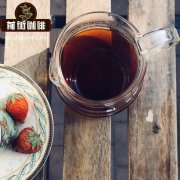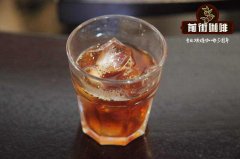Brief introduction of Coffee Bean planting and Export treatment in Coffee Camel Farm of Papua New Guinea

Professional coffee knowledge exchange more coffee bean information please follow the coffee workshop (Wechat official account cafe_style)
Papua New Guniea
Chateau Camel Farm in Papua New Guinea
This is a low-key island country. Papua New Guinea, located in the east of New Guinea Island, is the third largest island country in the world. Coffee is an important crop on the island, and it is distributed in small-scale coffee farms in alpine areas. it has a natural environment similar to the Blue Mountains of Jamaica.
Papua New Guinea accounts for 1 per cent of the world's coffee production. Coffee is Papua New Guinea's second largest agricultural export, followed by palm oil, where 2.5 million people are engaged in the industry. The eastern highlands, the western highlands and Chinbu province are coffee-growing areas of Papua New Guinea. Most coffee trees come from small farmers, with about 20 trees planted in each community.
Kimel Plantation Camel Farm
Kimel Camel Farm was founded in 1974 by an Australian Bobby Gibbs and currently belongs to the traditional landowner. The farm is located in the Waghi Valley in the western highlands, with an elevation of 5200 feet, mainly sandy soil, a temperature range of 6-29 degrees Celsius, an annual rainfall of 260-270mm, covers an area of 620 hectares, is managed by experienced foreign employees, and has 432 permanent properties providing educational and medical facilities. The name of the farm comes from the nearby Kimel River.
Due to quality control and effective management, Camel Farm (Kimel Estate) coffee has become one of the best-known coffees in Papua New Guinea.
Important Notice :
前街咖啡 FrontStreet Coffee has moved to new addredd:
FrontStreet Coffee Address: 315,Donghua East Road,GuangZhou
Tel:020 38364473
- Prev

What are the boutique coffee beans in Jamaica Coffee Manor? the producing area of Jamaica Coffee Manor
For more information on coffee beans, please follow the coffee workshop (Wechat official account cafe_style) the name of the Jamaican Coffee Farm: it gets its name from the rare species of native trees planted in the Blue Mountains. The advantage of this kind of tree is that the wood is very hard and resistant to corrosion. Today, native trees of such rare species are very rare. Tanjia coffee
- Next

What famous coffee producing areas in Brazil are recommended by Brazilian coffee producing areas?
Professional coffee knowledge exchange more coffee bean information please follow the coffee workshop (Wechat official account cafe_style) Brazil coffee production area introduced Brazil coffee beans Brazil is the world's most important coffee producing area, accounting for the world's total output of 1 stroke 3, Brazil has 10 states produce coffee beans, due to regional and climate differences, the quality is inevitably good and bad, therefore, Brazilian coffee beans are divided into grades
Related
- Does Rose Summer choose Blue, Green or Red? Detailed explanation of Rose Summer Coffee plots and Classification in Panamanian Jade Manor
- What is the difference between the origin, producing area, processing plant, cooperative and manor of coffee beans?
- How fine does the espresso powder fit? how to grind the espresso?
- Sca coffee roasting degree color card coffee roasting degree 8 roasting color values what do you mean?
- The practice of lattes: how to make lattes at home
- Introduction to Indonesian Fine Coffee beans-- Java Coffee producing area of Indonesian Arabica Coffee
- How much will the flavor of light and medium roasted rose summer be expressed? What baking level is rose summer suitable for?
- Introduction to the characteristics of washing, sun-drying or wet-planing coffee commonly used in Mantenin, Indonesia
- Price characteristics of Arabica Coffee Bean Starbucks introduction to Manning Coffee Bean Taste producing area Variety Manor
- What is the authentic Yega flavor? What are the flavor characteristics of the really excellent Yejasuffi coffee beans?

